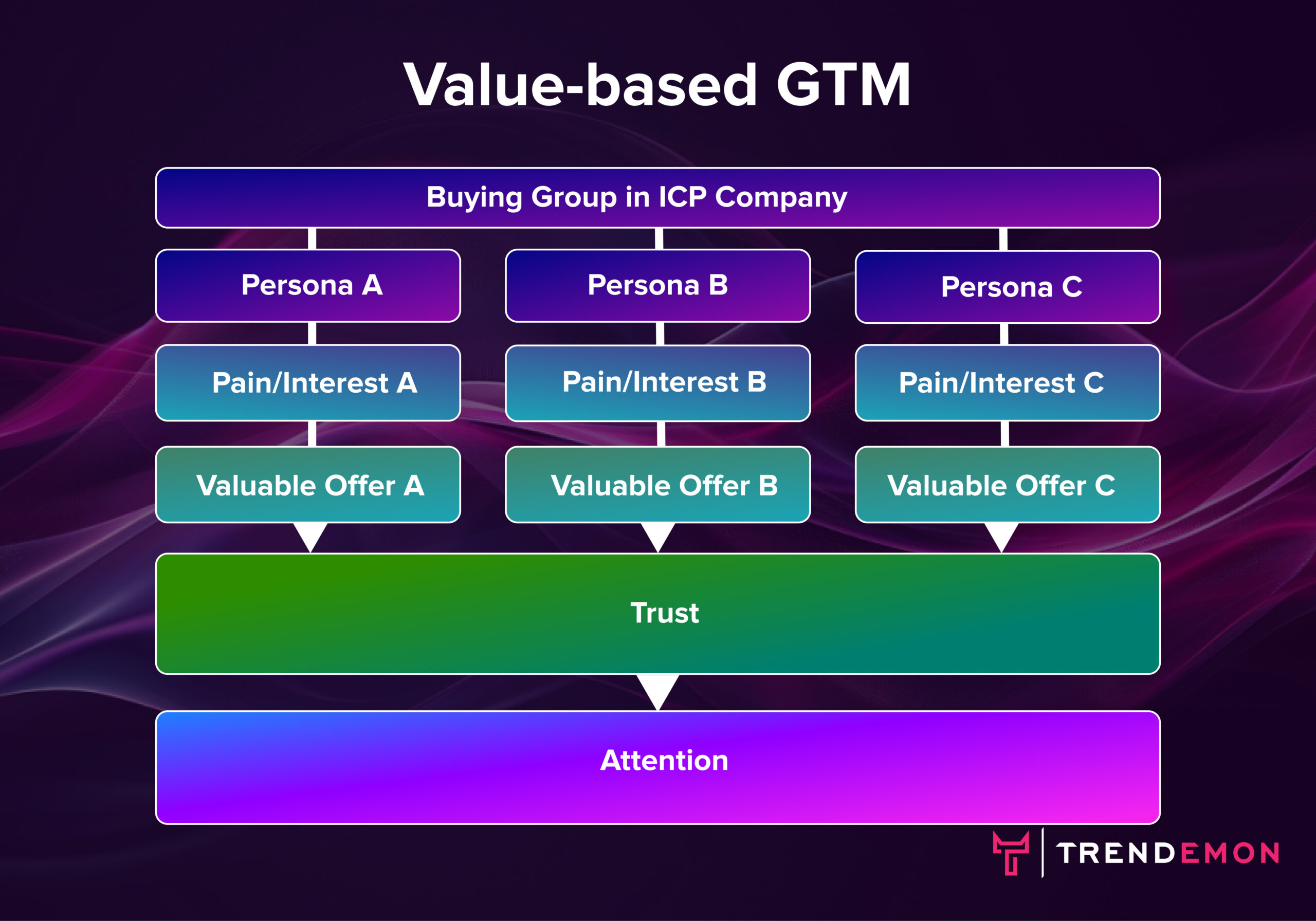Rethinking Outbound Outreach: Embracing Value-Based GTM

With the rise of constant digital connectivity, old-school outbound outreach methods are no longer as effective. Flooding potential buyers with cold emails and unsolicited calls that demand their attention rarely achieves the desired outcome. So, why do we still cling to these antiquated tactics? It’s time for a shift in perspective. Adopting a value-driven Go-to-Market (GTM) strategy could be the game-changer we need.
The Inefficiency of Traditional Outbound Outreach
Many professionals feel perplexed and frustrated when bombarded by cold emails and unsolicited calls. These messages often come from unfamiliar companies, promoting unknown solutions or services. The question arises: Why should anyone pay attention to these unsolicited pitches?
While the need to sell, book meetings, and grow pipelines is understood, the context has dramatically shifted. We are now in a world where:
- Solutions and Information are Limitless: The internet has made an abundance of solutions and information available at our fingertips. This overload of options means that simply presenting another solution or service is unlikely to capture attention unless it stands out significantly.
- People’s Trust and Attention are Scarce: With so many demands on their time, people are becoming more selective about where they invest their attention and trust. Earning these has become a critical challenge for sales professionals.
Shifting to Value-Based GTM
Instead of demanding prospects’ limited attention, we should focus on providing them with genuine value first. Here’s a simple, yet effective approach we’ve been exploring in Value-based GTM:
1. Clearly Define Your ICP (Ideal Customer Profile)
Knowing your target companies is the first step. Who are the businesses that would benefit most from your solution? Clearly defining your ICP helps in creating tailored messages that resonate with potential buyers.
2. Identify Your Buying Group Personas
Understanding the personas within your target companies is crucial. What are their titles, roles, and responsibilities? Knowing this helps in crafting messages that speak directly to their specific needs and challenges.
3. Offer Valuable Assets Unconditionally
Determine which valuable assets you can offer each persona that will help them be more successful in their roles. Importantly, this value should not be conditional on them meeting you. Whether it’s a whitepaper, a free audit, or a useful tool, the key is to provide something of genuine value upfront.
4. Listen to Their Feedback
Pay attention to both verbal and non-verbal signals. Is your value being received positively or is it being rejected? Use this feedback to iterate and improve your approach. If your initial offering is not well received, adjust it and try again.
5. Gain Trust Before Asking for Attention
Once your value is received positively, you’ve gained some trust. Only then should you ask for attention. This gradual build-up helps in establishing a more meaningful connection with potential buyers.
The Role of Outbound Outreach in the New Paradigm
This isn’t a knock against outbound outreach; it still has a role to play but needs to evolve. Our experience with this value-based playbook has shown that while it is less scalable and more time-consuming, it is far more effective in building lasting relationships. Directly pushing for meetings without providing value and building trust first is likely to get you blocked permanently.
Rethinking the Outreach Measurement Model
GTM leaders need to shift from traditional compensation models that reward booked meetings at any cost to those that value building trusted relationships with potential buyers. This involves measuring outcomes of soft marketing activities, such as engagement metrics, nurturing progress, and feedback analysis. By tracking long-term conversion rates and rewarding efforts based on these trust-building metrics, companies can create a more sustainable and effective sales approach that focuses on genuine connections rather than immediate, transactional gains.
Conclusion
As sellers, we need better “trojan horses” filled with genuine value to get through the walls that protect our buyers’ diminishing attention. By shifting our focus from immediate sales to providing upfront value, we can build stronger, more trusting relationships that ultimately lead to more successful and sustainable sales outcomes.